 Jasmyne Cannick
Jasmyne CannickChristopher Dorner is dead.
Whether you agree or disagree with Dorner’s actions preceding his death or even how he died, one fact can’t be changed—he brought forth serious allegations of racism and discrimination within the Los Angeles Police Department. Dorner’s allegations have been publicly co-signed by both retired and terminated Black LAPD employees—and in private by those currently serving within the department but too afraid to cross the blue line.
Many are asking, where do we go from here, but I’m more concerned with where we don’t go from here.
To both the LAPD and the community—it can’t be business as usual.
Town hall meetings and community forums to discuss a problem that we already know exists are a waste of time and accomplish nothing. Sure—the media will cover it and there will be no shortage of people coming forward to express outrage and mistrust towards the LAPD. The LAPD in turn will sit there and take the verbal abuse because quite frankly they’re being paid to be there and it’s what they do when there’s a surge of strong public outrage directed towards their department—and when it’s all over everyone will go home.
But if it’s really a new day in the LAPD and the organization is as transparent as it tells us it is, then it’s time for the LAPD to sit down with the LAPD. That’s the discussion that needs to take place.
Dorner’s manifesto wasn’t written to call attention to police brutality. He was trying to call attention to the systemic institutional racism and discrimination that he experienced as a Black police officer when trying to report police brutality to his higher-ups. He was trying to clear his name and blow the whistle on what is happening inside the department everyday, including today, to Black police officers. Don’t get distracted.
You tell me what’s easier—investigating the firing of a dead ex-cop or addressing the issue of rampant racism in the department that was presented by the dead ex-cop.
Dorner wasn’t the first Black police officer to lose it after separating from the department and as others have said, he won’t be the last unless something changes.
Fred Nichols was a Black man who was the LAPDs chief expert on use-of-force tactics. In 1991, Nichols was suddenly reassigned in an apparent retaliatory move by the department for testifying before the County Grand Jury in the Rodney King case and for later sharply warning the Christopher Commission about the department’s routine misunderstanding of excessive force. He was taken from a very prominent position within the department to what he considered a “less prestigious position.”
According to the L.A. Times, the department denied that the reassignment was retaliatory, describing the move as part of an overall redesign of the training program. The incident marked the third time that the department’s high command has been accused of punishing supervisors who spoke out against the LAPD in closed sessions before the Christopher Commission.
Nichols, in an interview with the The Times, said he’d suffered severe stress-related problems, including anxiety, insomnia and vomiting, since he was advised that he was being removed.
“I can’t work. I can’t sleep,” he said. “There’s not one minute that I don’t think about it. Sixteen years of working in specialized units, doing my tasks, and now, because I’m honest and fair, they do this to me.
“What career do I have left? It’s gone. If you make waves in this department, it becomes close to impossible to ever promote again.”
Fred Nichols checked into a hotel that following May and shot himself.
Retired in-good-standing sergeant Cheryl Dorsey recently came forward and explained how when she was going through her own Board of Rights hearing that involved the same charge as Dorner—giving false and misleading statements to an Internal Affairs investigator —she seriously contemplated just jumping off the third floor of the Bradbury Building.
Married to another LAPD officer at the time, Dorsey says that she was a victim of domestic violence and after details of incidents at her home found their way into the department, she was charged with six counts of unnecessarily causing the response of an outside agency for the six calls she made to the sheriff’s department from her home in Altadena. The charge of giving false and misleading statements was tacked on when questioned by Internal Affairs.
She believes that having come forward since Dorner and finally speaking out that she’ll face some sort of retaliation from the department.
Fired LAPD police officer Brian Bentley said that he had a manifesto too—not a list of those to kill, but those who had wronged him during his 10 years with the department. He was fired for writing the book One Time: The Story of a South Central Los Angeles Police Officer, a book that documented his experience with racism, discrimination, and police brutality inside of the LAPD.
And there’s another Black officer who has a lot to say but tells me that he’s too worried about his family to come forward.
So you see, this time it isn’t about us per se—it’s about the Black men and women who have suffered over the years the type of racism and discrimination as described by Dorner and echoed by many of his colleagues in the days since.
The community’s job is to push forward and stand with those Black police officers willing to come forward and give credence to Dorner’s claims. It’s very easy to discredit someone who’s never worn the LAPD uniform, but it’s not so easy when it’s one of your own, and that’s the discussion that needs to take place publicly. It’s the first real step towards ending police brutality on the streets and in the department.
I want to see the relationship between Blacks and the LAPD improve and I believe that it has. But I also believe that we just took a huge step backwards with Dorner and no amount of community meetings with civil rights leaders and the LAPD posing for cameras is going to fix that.
It can’t be more the same.
Christopher Dorner was a game changer.
Chosen as one of Essence Magazine’s 25 Women Shaping the World, Jasmyne A. Cannick writes about the intersection of race, politics, and pop culture. Follow her on Twitter and Facebook.










 “Wait a second, there was an urban legend that there was a judge that was painting out graffiti,” Totten said.
“Wait a second, there was an urban legend that there was a judge that was painting out graffiti,” Totten said. 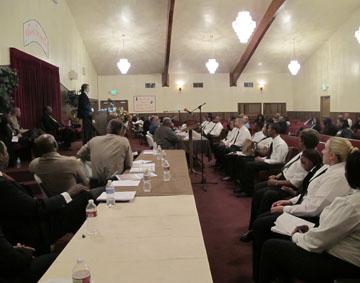
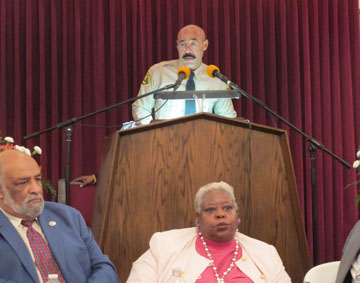
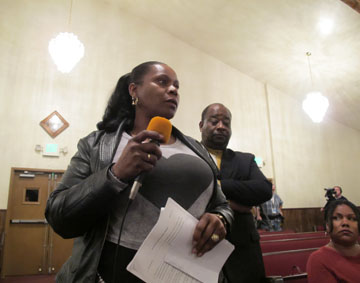
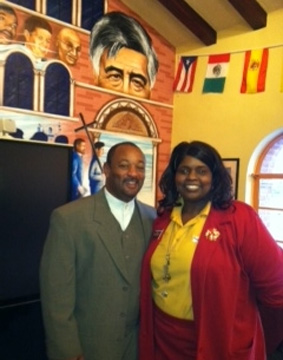

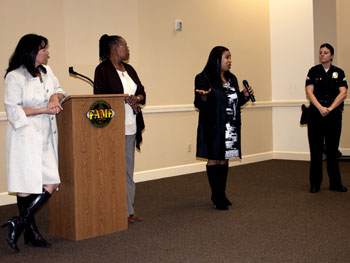
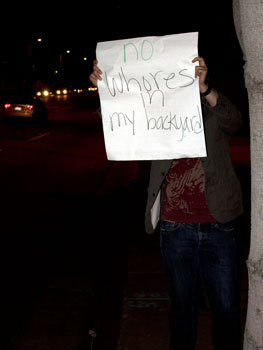
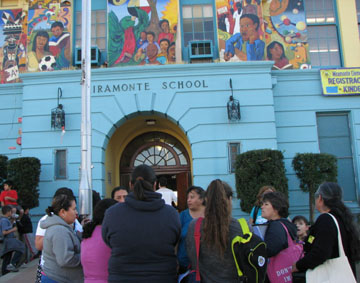

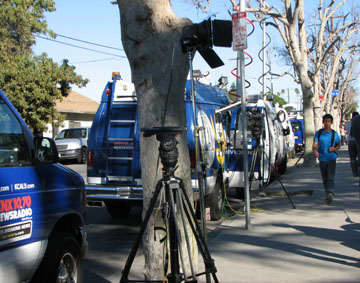

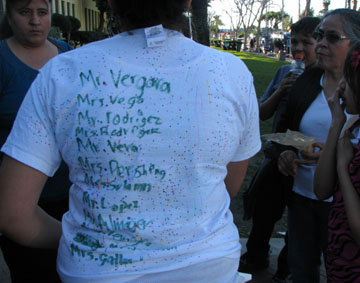
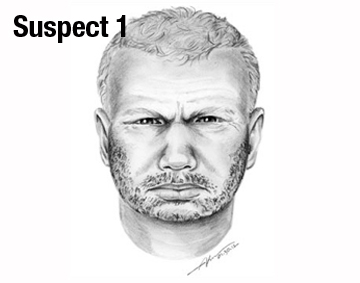 Police are looking for three suspects in the stabbing death of 75-year-old Min Yin late last year. The Los Angeles City Council is offering a reward of $50,000 for information that leads to the arrest and conviction of the people responsible for his death.
Police are looking for three suspects in the stabbing death of 75-year-old Min Yin late last year. The Los Angeles City Council is offering a reward of $50,000 for information that leads to the arrest and conviction of the people responsible for his death.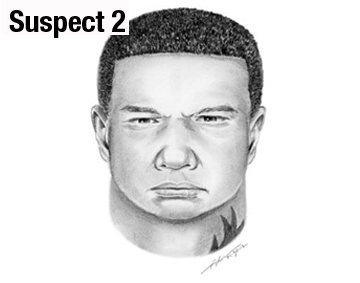 The second suspect is thought to be in his 20s, with a tattoo on the left side of his neck, short dark hair and is heavy set at 5 foot, 4 inches.
The second suspect is thought to be in his 20s, with a tattoo on the left side of his neck, short dark hair and is heavy set at 5 foot, 4 inches. 
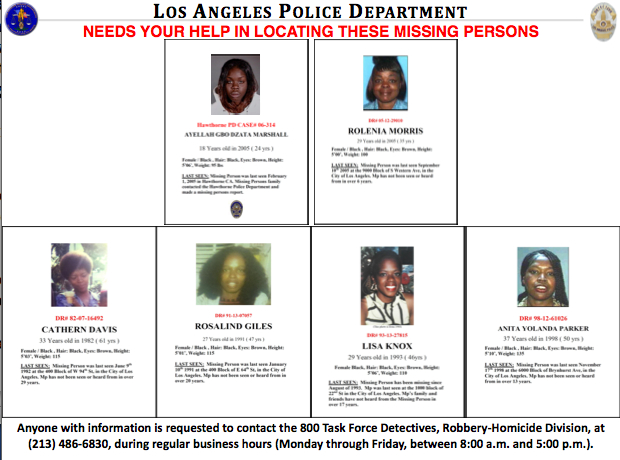

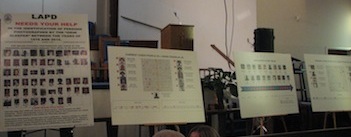

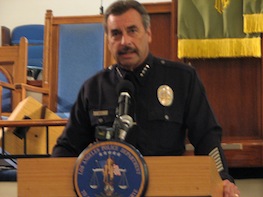
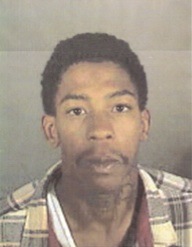 LAPD Central Traffic Division detectives are trying to find the person responsible for the hit-and-run that seriously injured 24 year-old Susana Prieto on the early morning of Sunday, Oct. 16.
LAPD Central Traffic Division detectives are trying to find the person responsible for the hit-and-run that seriously injured 24 year-old Susana Prieto on the early morning of Sunday, Oct. 16. 




